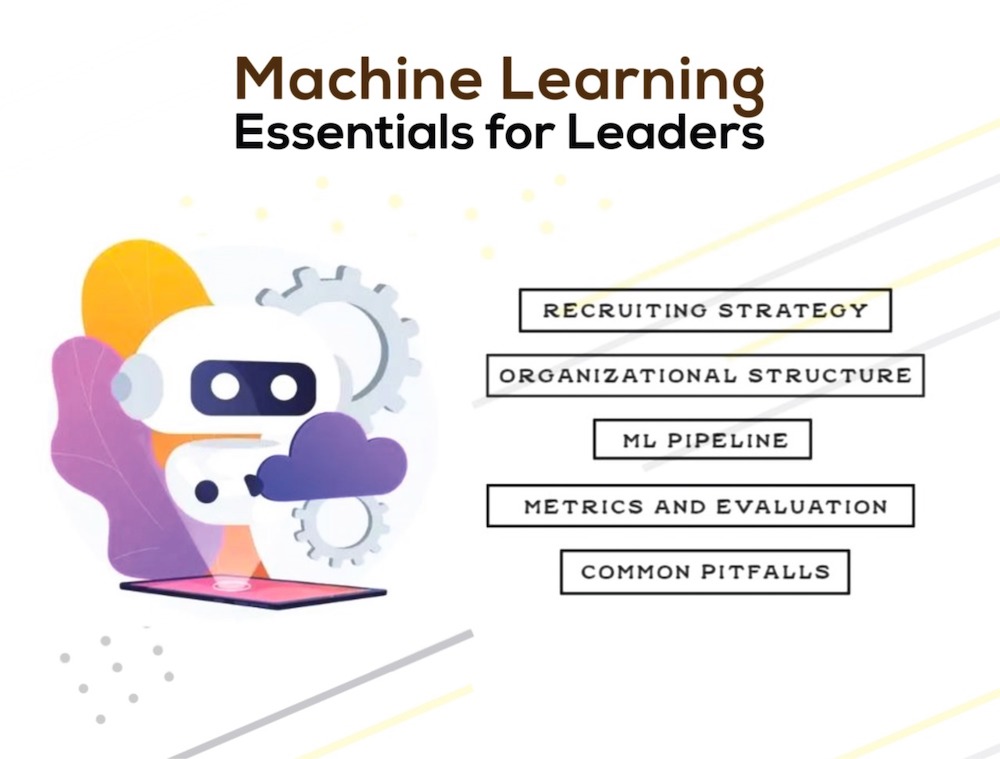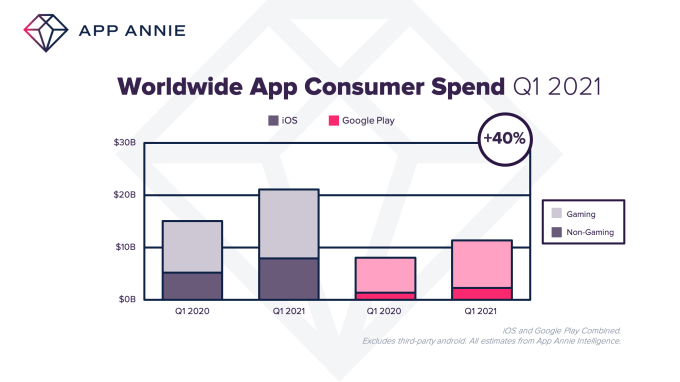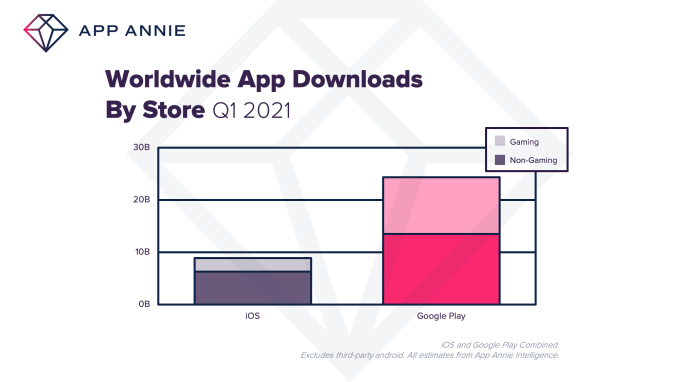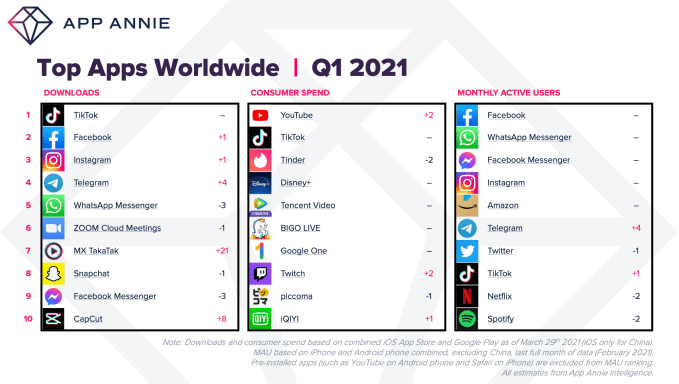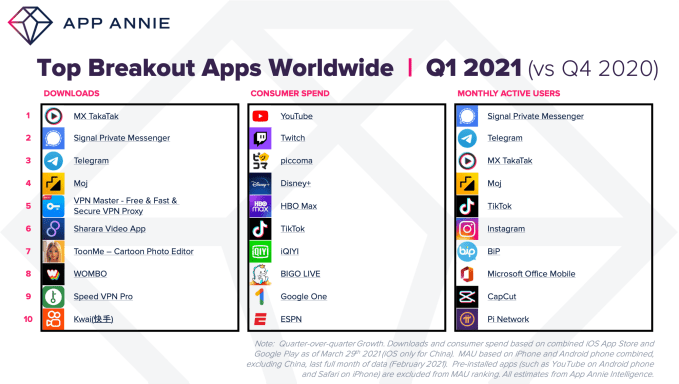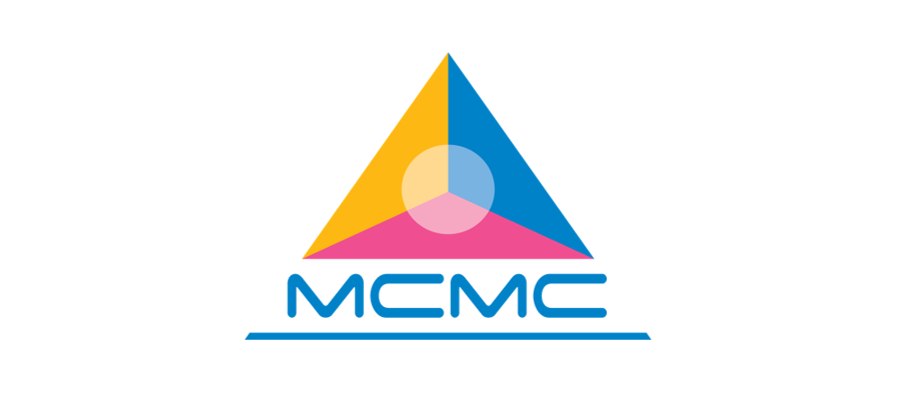News: Embedded procurement will make every company its own marketplace
The embedded fintech movement has just begun, but there is already a sister concept percolating: embedded procurement, which will allow businesses to buy things they need through vertical B2B apps.
Contributor
In 2019, my colleague Matt Harris coined the term “embedded fintech” to describe how virtually all software-driven companies will soon embed financial services into their applications, from sending and receiving payments to enabling lending, insurance and banking services, an idea that quickly spread within the fintech community.
Vertical apps such as Toast for restaurants, Squire for barbershops and Shopmonkey for car repair shops will deliver financial services to businesses in the future rather than traditional, stodgy financial institutions.
Embedded procurement is the natural evolution of embedded fintech.
The embedded fintech movement has just begun, but there is already a sister concept percolating: embedded procurement. In this next wave, businesses will buy things they need through vertical B2B apps, rather than through sales reps, distributors or an individual merchant’s website.
If you own a coffee shop, wouldn’t it be convenient to schedule recurring orders for beans and milk from the same software portal where you process payments, manage accounting and handle payroll? The companies that figured out how to monetize financial services via embedded fintech are well positioned to monetize through procurement, too.
Embedded procurement is the natural evolution of embedded fintech. The salon software company Fresha is a typical embedded fintech story. Fresha’s platform is an online and mobile platform specially designed for spas and salons, encompassing appointment scheduling, reporting and analytics, marketing promotions, and point-of-sale capabilities. The software is free for salons; Fresha monetizes through payment processing.
In the future, Fresha will undoubtedly turn to embedded procurement, becoming a logical place for business owners to order and manage inventory like shampoo, scissors, brushes and other supplies. In turn, Fresha can aggregate demand from thousands of spas to place orders with its suppliers, leveraging its scale to negotiate more favorable pricing on behalf of its customers. Borrowing a concept from the healthcare world, vertical software companies will become group purchasing organizations in every sector.





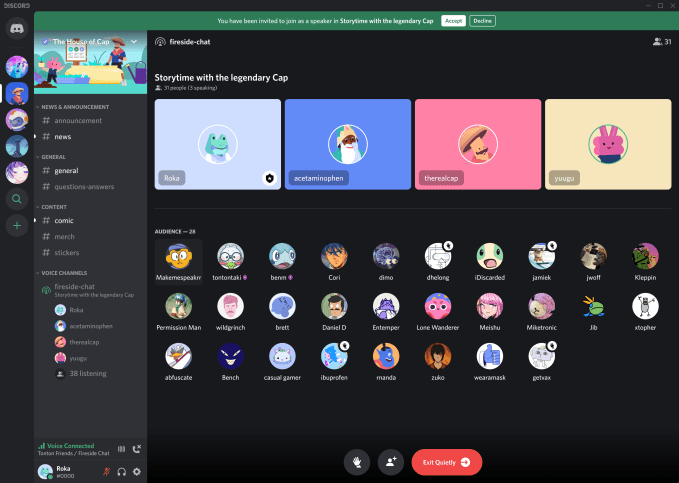
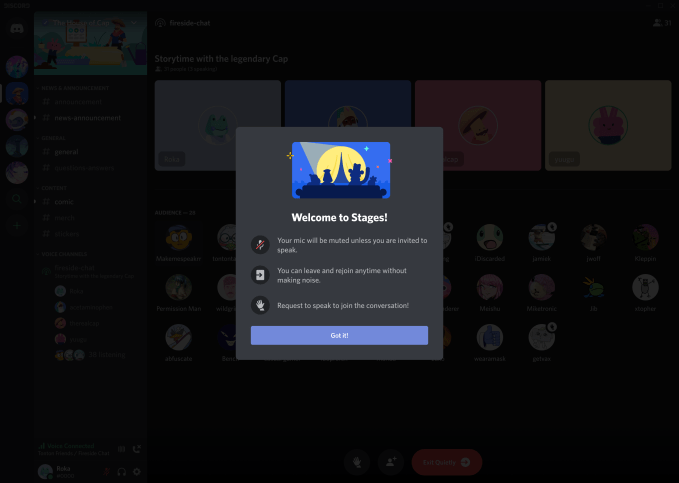
 , Alexa von Tobel (founder/managing partner, Inspired Capital Partners) will share financial planning best practices so founders can remove this layer of stress from the pressure of building a business.
, Alexa von Tobel (founder/managing partner, Inspired Capital Partners) will share financial planning best practices so founders can remove this layer of stress from the pressure of building a business.